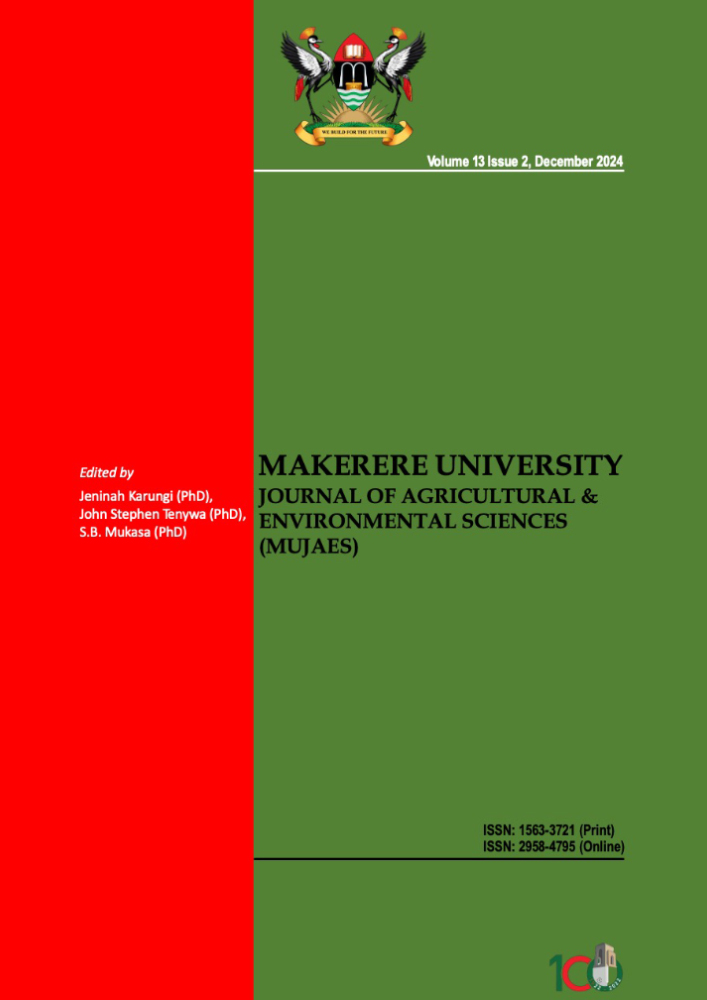Sawmill performance is anchored on three key indicators: timber volume recovery, timber value recovery, and log throughput. Traditionally, sawyers use the volume sawing strategy, which prioritizes maximising timber volume recovery. However, it is unclear whether this approach yields superior sawmill performance compared to the value sawing strategy. To determine the optimal sawing strategy, a study was conducted at four sawmills across three forest plantation clusters in September and October 2023. Data were collected from randomly selected logs grouped using cluster analysis. The PHP programming language was used to determine sawing patterns that maximised timber volume and/or value from each log. A paired t-test (5% significance level) was used to test the difference in timber volume and value recovery between the volume and value sawing strategies. The results showed that timber volume recovery from the volume sawing strategy was significantly higher (p < 0.05) than that obtained using the value sawing strategy, except in smaller logs (10-20 cm). Conversely, timber value recovery was superior to the value sawing strategy across all log sizes. The adoption of the value sawing strategy increased timber value recovery by US$ 2, 3 and 12 m-3 for small, medium and large logs, respectively, with a 2 % drop in sawmill timber volume recovery. Based on the findings, it is recommended that sawmills adopt the value sawing strategy, as it indicated potential for enhanced sawmill profitability.
Download
